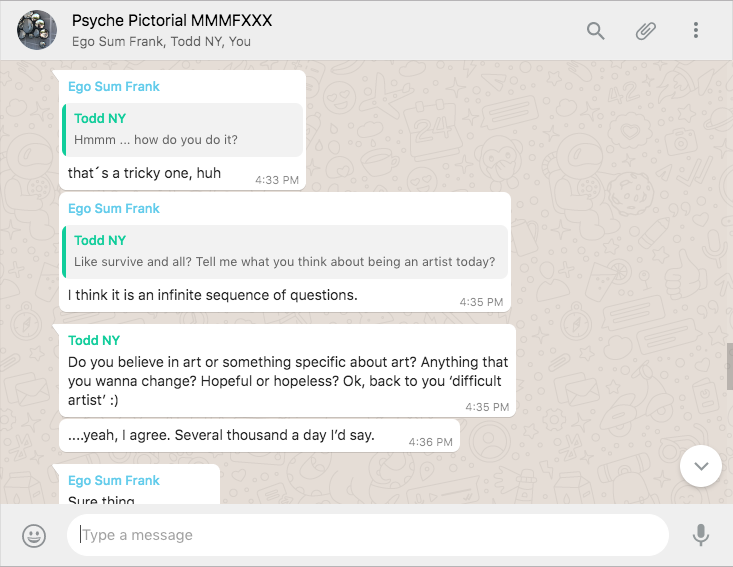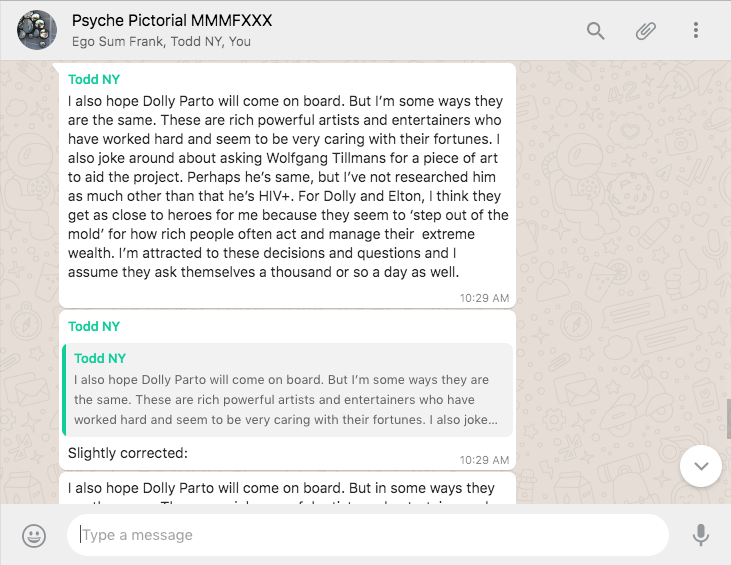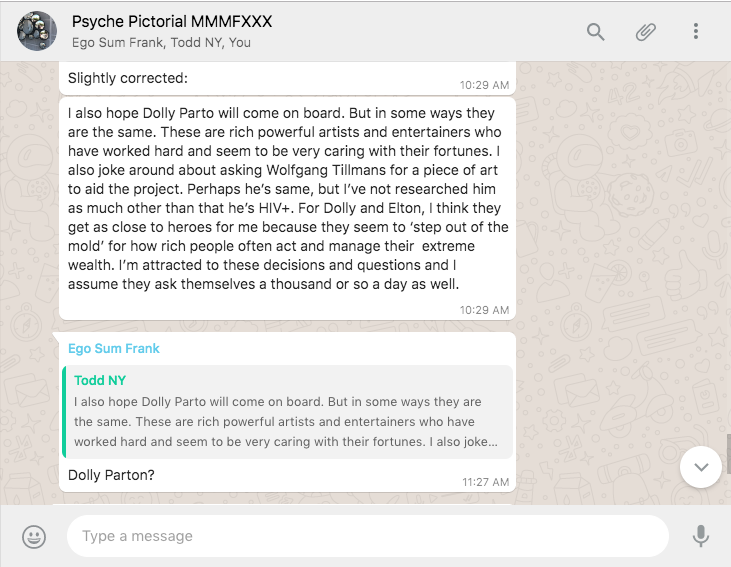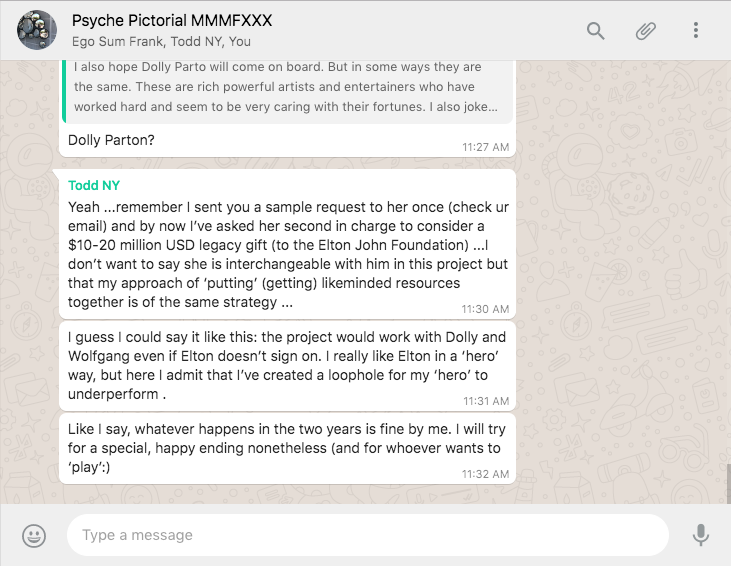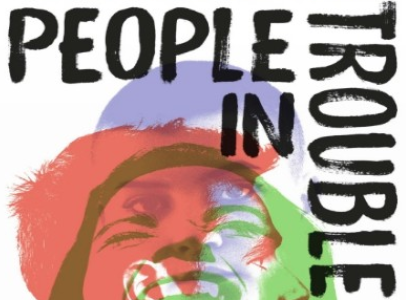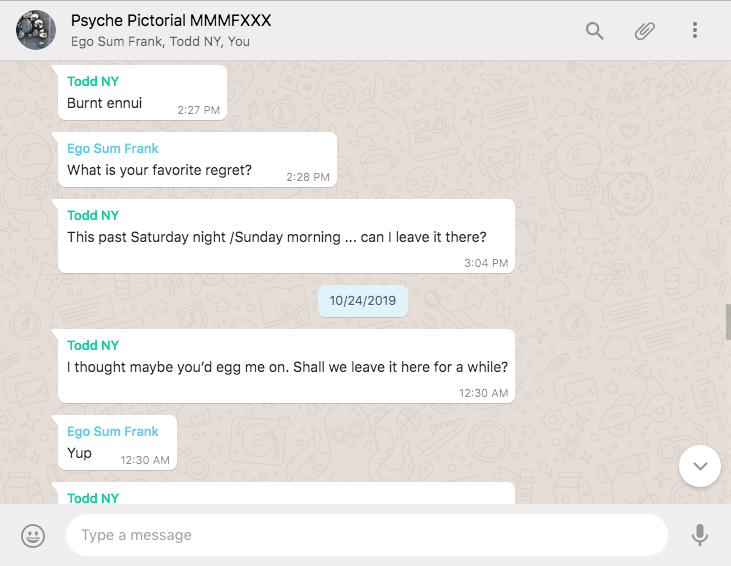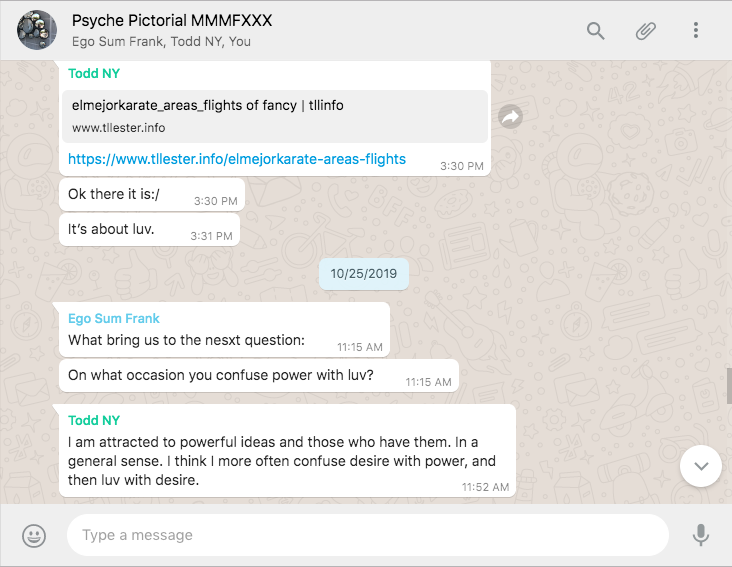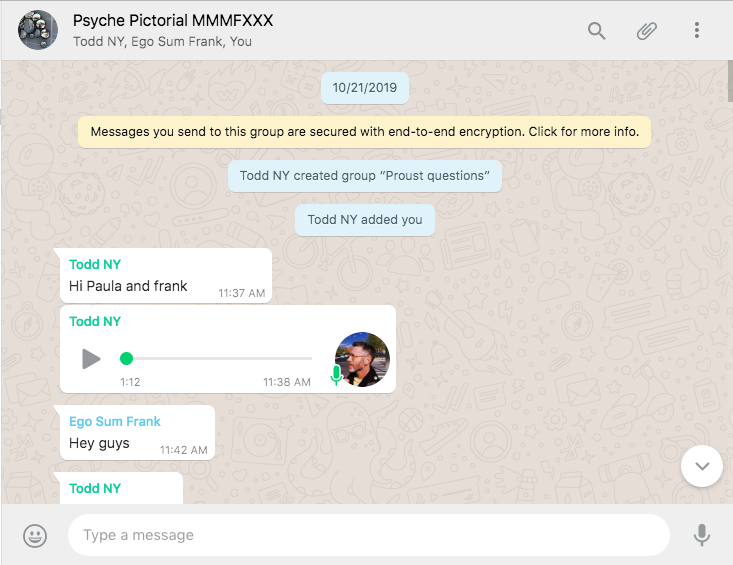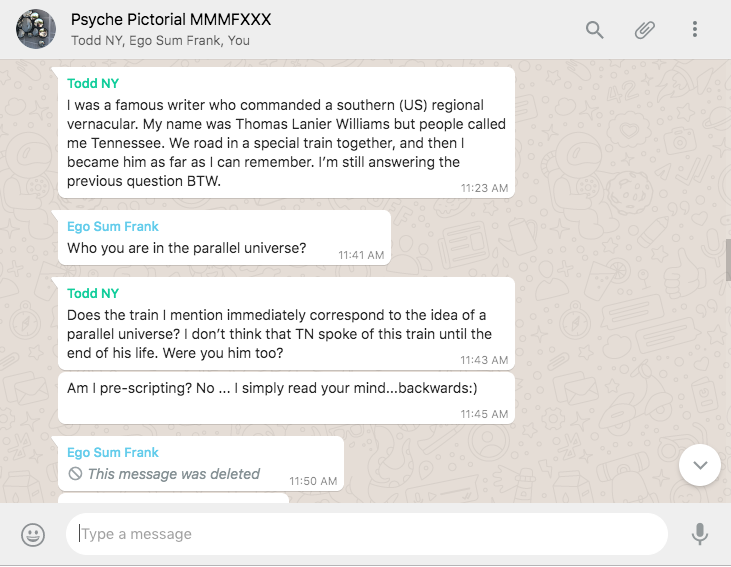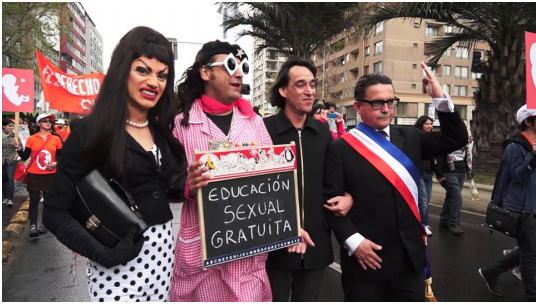notes on starfucking (v.1, not to be confused with ‘resource fucking’)
I do luv this term: starfucking …. star (*) fucking. While it is not used (as such) it is something that is present in the Sontag biography I read. Like people considered whether she liked to know famous people. I was once at a church party with Heath Ledger and Michelle Williams, and to explain it further would be inconsequential. Conditionally, I like to know famous people. I would say. Edmund White’s hand on my leg, but that won’t work for showing pure happenstance. A chance encounter with Kele Okereke on the LES, but I think I was considering straight fucking on that occasion. But my ex showed up and blew the scene. However, when I consider the ‘starfucking’ as I’ve heard it bandied about, I’ve decided its not necessarily a sexual thang. Once at the Tennessee Walking Horse Celebration in Shelbyville (TN), I decided to pass by Zsa Zsa Gabor’s box seat and casually ask her for an autograph. She declined. Queen. It’s ok because I got out of it what I wanted. I wanted to be close to her. I don’t know why a 14 year old gay kid wants that, but I did. In fact she obliged what I really wanted with a lick of rudeness in her curt refusal.
I suppose there is also a thing something like ‘resource fucking’ … once at a powerful house party (of funders) this other scavenger kept breaking into my one-on-one chats with her pitch. I am an introvert and so by the second time, I wanted to fuck her back. I mean it took a lot of energy to get through the small talk. So, I fucked her back by asking if she would continue to follow me around that night and bounce ideas off the people I was resource fucking. She did not come back around and the Soros lady smiled at my style.
It’s been a while since I’ve known about starfucking. Sometimes ‘stars’ and famous people deserve their cache. Sometimes I find that I want to know them (like over coffee) and others I just want something from them. I want them to do something specific. Right now and for the Luv ’til it Hurts project on HIV and stigma I want some powerful, wealthy and famous people to put their ‘goods’ together and make something bigger. Something that might unearth HIV-related stigmas. I’ve been meaning to write this first note on starfucking for a while, but it occurred to me this week I should do it sooner than later. It is not a note to brag about the ability to code shift, or to get close to known entities. I’m a conditional starfucker regardless of whether I’m making an art project or operating individually. I make rights-focused, durational, multi-stakeholder works for which Luv ’til it Hurts is an example. Given that I’m HIV+ and have experienced some of these HIV-related stigmas firsthand, I decided to deploy the personal skill of starfucking toward a project goal: a LUV Fund.
Luv ’til it Hurts imagines faster resources for HIV-related activism. With serious questions about art-making, stigma and political economy, the two-year discussion is geared-up to leave behind a business plan for unearthing HIV-related stigmas. It starts out as a simple game. Made by artists and others. And, most likely for the Elton John AIDS Foundation. As a Tennesse-boy it occurred to me I should ‘look locally’ a bit before attempting to ‘reach’ Sir Elton. OK, I will. But this is because it is good strategy. Speaking of strategy I’ve been shopping around for a graphic artist to take on ACT II, which is a publication that reveals the whole starfucking gameplan. I admit, I’ve been starfucking a lil in order to find the right artist. I think I may have slam-dunked it (or maybe it was an ‘alley oop’), but I won’t say who I’m fucking yet. That’s because one has a bespoke plan for reaching each star one wishes to know. I have received a hint that my graphic artist would like one-on-one dialogue for now, and so I respect that by not naming said artist here. This graphic output will land on February 14, 2020, the North’s valentines day and the last day of the global holiday, Love Positive Women. So, eventually you will know of whom I speak.
I admit that I’ve begun using a little of this starfucking logic in my previous project, Lanchonete.org, and maybe its working. But what I’ve seen on both occasions of the graphic artist and an architect I’m trying to reach with Lanchonete.org–and maybe I learned this from the interrupter figure at the aforementioned (money) house party–is that the gatekeepers haven’t heard of starfucking and they don’t easily yield their positions. For one they don’t want to be displaced. If they are idea people on how to use the money and power one is aiming at, they will need to be brought on board at some time, or perhaps removed as sentinel. Sometimes they simply freeze in the spotlight of a new idea, and this is not always a bad thing. ‘Removal’ as I call it, can also be simply moving around them. Getting into the ‘idea crack’ they are not filling. You must admit to yourself however if knowing personally the star is essential to the idea. It usually isn’t if played right. So, considering embarrassment is normal. But you may also consider that you will never meet the star you are fucking. But that you may fuck them nonetheless.
The idea of starfucking is not implicitly rude, and rudeness is not necessary in order to be a professional, successful starfucker. Nope, not at all.
What you are doing is getting their attention. However you need to:)
It’s sorta like genderfucking or queering a space … but with stars and comets and asteroids involved:$)
So there are some categories: those you want to know personally (because you need to work on something together) and those who you don’t need to know personally; there are ones whose identity is kept a secret for a while (it’s a negotiation) and those who are named boldly. Sometimes naming them is a strategy, and you never have to get their attention. I saw Elton in a great comedy drug film on a flight to Bogotá where the LUV game was launched recently. He is brilliant. It is obvious he’s having fun, and he is hilarious too. The way he tricked those future dogs is awesomeeeeeeeeeee! Dollie Parton I’ve seen you partner up with Ke$ha and Reese Witherspoon lately. You are divine. Queen. Zsa Zsa ain’t got nothing on you. You are the Tennessee home state queen, and I bow down. I genuflect exponentially my queen!!
A few months back, I suggested to you on the Dollywood Foundation Facebook page … a social media, I’m told. I suggested you follow the Buffet principle and pre-donate or -guarantee a rather large sum of money to the Elton John AIDS Foundation. Your position may be to say ‘no’ and tell me rather what you want to do. I have also offered to use a special Nigerian money-doubling trick I learned while doing Nollywood research in Llagos (Surulere) and Enugu (where I stayed with the pastor I met through the Club of Rome and dear dear Ndidi). I’ve boasted that I can make $10 million look like $20 million. Well, ya gotta give me a shot, my queen:) Ms Parton, did you know that my first international job, the one I took after minoring in German at David Lipscomb University (Nashville)? I worked for the TN Dept of Tourism as an ‘agent’ in Germany. Well, at first I honed my German care-taking 6 children and 6 pets in Heppenheim as aupair. Ever had a two-year old set of twins be all cute and bilingual when saying (in unison) ‘fuck you’? I went on to Bielefeld to an office where I would represent TN tourism. Mostly I’d answer the phone in a southern twang and be sent out to truck driver conferences to push country music-related tourism to TN. Dolly, you and Don Williams are big big in that demographic. I also noticed that you, Kenny and Don are well-known in various corners of Africa whilst performing my next career incarnation as an aid worker. This is when I began my HIV-related work. When I was in my 20s some two and half decades ago. I contracted HIV about five-years ago in São Paulo.
I’m super busy with the World AIDS Day activities we are making locally in São Paulo. We are making these cloth hearts, and I’ll save you one. May we speak in December sometime after December 1st. I’ll come home to TN if you need. Lately things have been tense at home in Bradyville. My parents have handled the news of my HIV pretty ok. I’m not so sure about my brother. It only came out in a fight with him, so I need to work on that bit. My mom is cute. We all drink those out of these 10 ounce Dr. Peppers or Sundrops and leave the remainder in the fridge. I noticed my mom has started labeling mine with a black sharpie. It gave us the chance to speak about communicability of HIV, but it really wasn’t so cute. Maybe we can Skype? You and me. I’m about to watch Islands in the Stream, the live version. I need to talk to you!!







